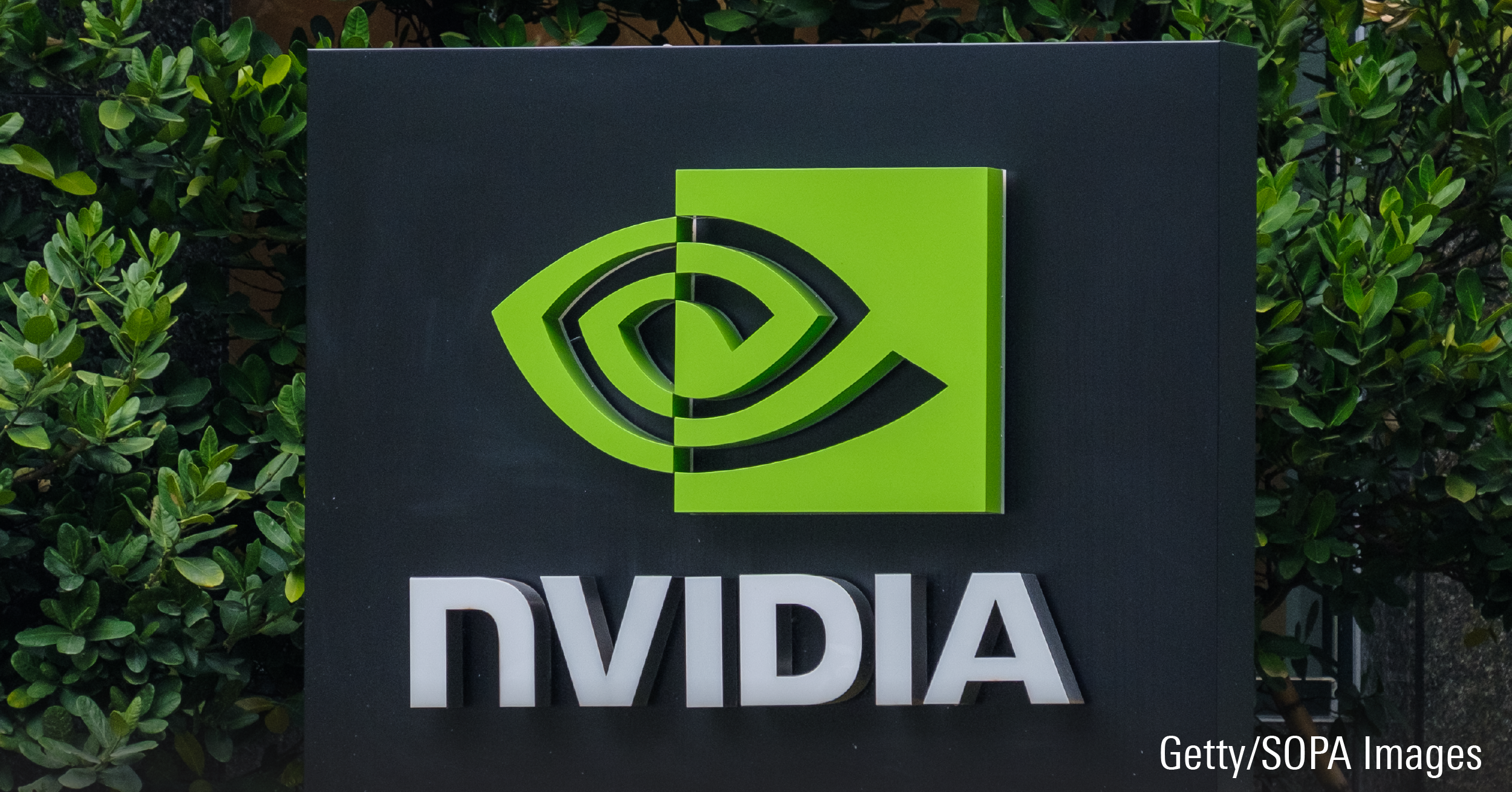Market turbulence has presented unexpected opportunities for Carl Lytollis, head of U.S. equities at Phillips Hager & North Investment Management Ltd. and lead manager of the $204-millionPH&N US Equity D  .
.
"This was a market driven by the weakest, credit-related names," says Lytollis. "But the tech names have no debt and tons of cash. So, for the first time, we were substantially overweight technology."
Taking advantage of share price appreciation late in the last quarter to take profits, the mandate's allocation to the information technology sector is now roughly equal in weight to that of the S&P 500 Index, compared with a 3% overweight earlier in the year, Lytollis adds.
Lytollis, a vice-president of Vancouver-based PH&N who is based in Toronto, has been responsible for the U.S. equity mandate since July 2005. The fund is considered a core product that is managed exactly the same as Lytollis's institutional mandate -- BonaVista U.S. Equity. The U.S. equity team manages approximately $1.8 billion.
The trio of managers, including Lytollis, meet daily to discuss research and ideas. The "beauty of our generalist approach" is that no one is assigned to one sector, that they all have a say and a perspective, he says.
The investment philosophy is grounded in a bottom-up, fundamental value approach, with a bias toward large-capitalization companies. The strategy begins with risk management, with style consistency considered the number one factor. "Nothing destroys capital quicker than overpaying for a security," says Lytollis, "so that's why our valuation discipline is very important."
Stock-picking for the diversified 40 to 50 holdings in the portfolio starts with a working list of quality companies. Over a 20-year career, Lytollis and the team have researched and owned about 150 companies from this list.
The second step in the process is to assign an investment rating to the company, based on qualitative and quantitative factors. Next, a historical profit profile is done to assess whether the company can generate conservative, sustainable profits. Lastly, all of the research information is taken into account to value a security.
"Distinguishing us from somebody who is a deep or hard-core value," says Lytollis, "is that we will also consider, from time to time, companies that have growth in the market and a slight premium price/earnings multiple."
Lytollis's top 10 holdings generally represent from 35% to almost 50% of the fund. He considers this to be a reasonable degree of concentration. The cash position normally doesn't go much beyond 3% of the overall portfolio.
While three to five years is a typical holding period for Lytollis, he'll go beyond five years as long as the company is progressing and continues to add value over time. He'll sell a stock if it becomes overvalued, or if there's a visible decline in the quality of the business and its earnings.
Johnson & Johnson ( JNJ) is a good example of the long time horizon of Lytollis's team. "We first added to it back in March 2000, right at the very bottom," he says. "The stock was bombed out. Then we held it pretty much until the fall of 2002, where we effectively eliminated the position on valuation, and only really came back into the position again back in the fall of 2007."
The company is still considered to be a solid, quality investment, using that trade-off between return on equity and the price that you pay for that equity, Lytollis adds.
Lytollis, 51, has been researching U.S. equities for more than 20 years. In 1981, he graduated with a bachelor of applied science, chemical engineering. He then received an MBA in 1984 from York University. Upon graduation, he joined Confederation Life Insurance Co., as an analyst. He obtained the CFA designation in 1987, when he began to focus on U.S. equities.
Lytollis became one of the original managers of BonaVista Asset Management Ltd. when it was created in 1994 following a management buyout from Confederation Life. He stayed on when Phillips, Hager & North purchased BonaVista in 2005. Despite the transitions, the same investment focus and processes have remained consistent, "pretty much from the early '70s onwards," says Lytollis.
That said, these days "we're thinking a little more defensively," says Lytollis. "There's huge volatility, and we don't tend to make market calls. However, where we see the best value in the market is among some of the more defensive names that have lagged."















